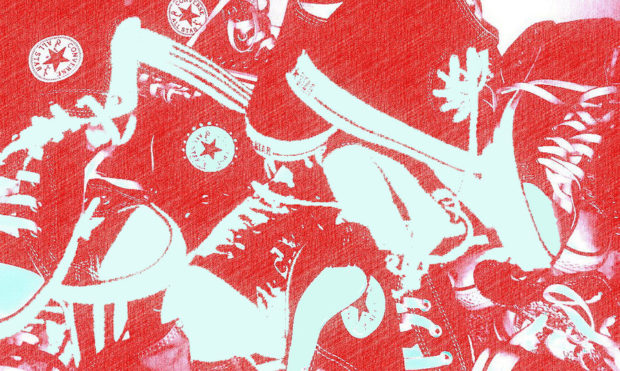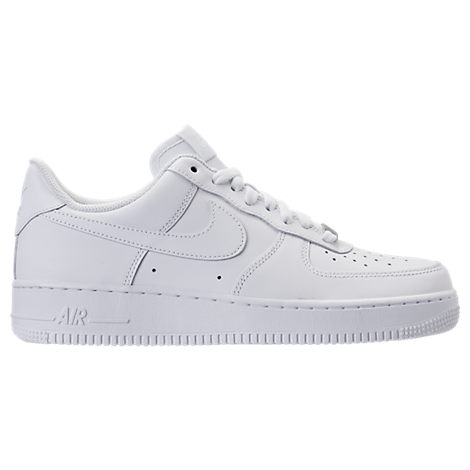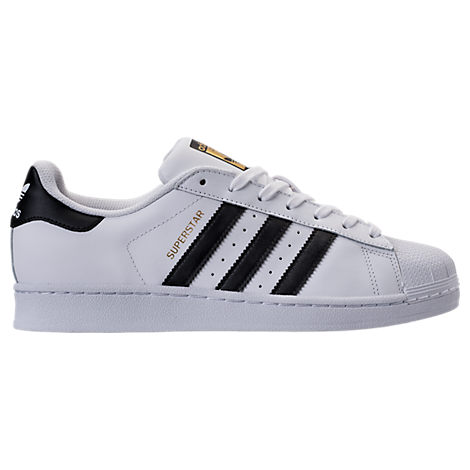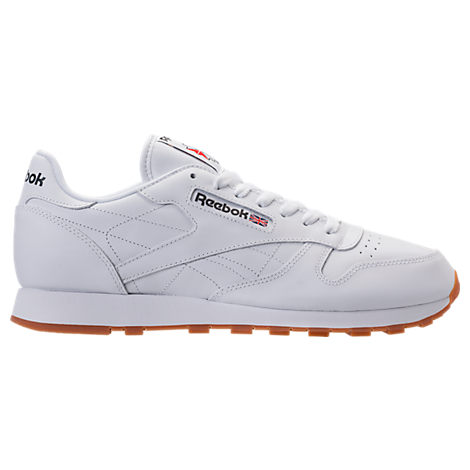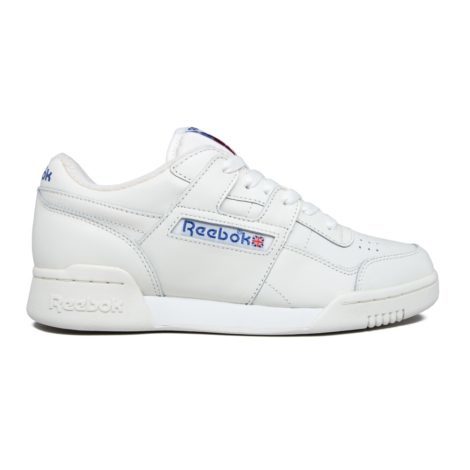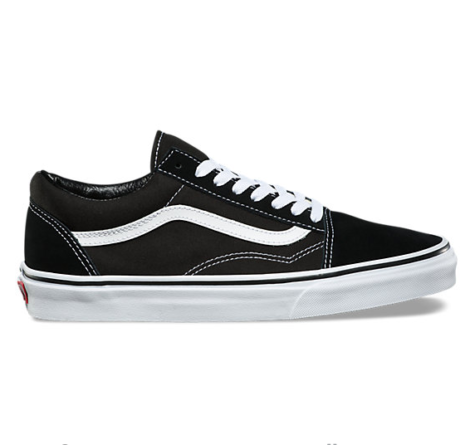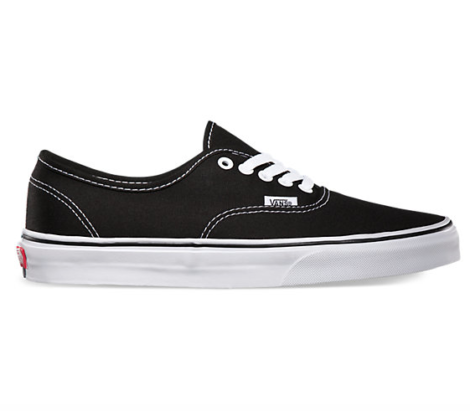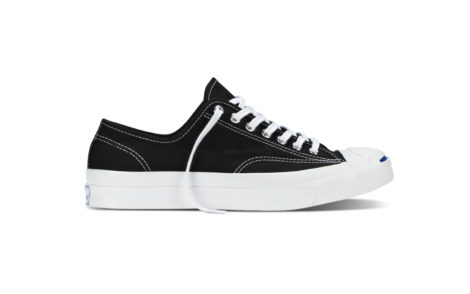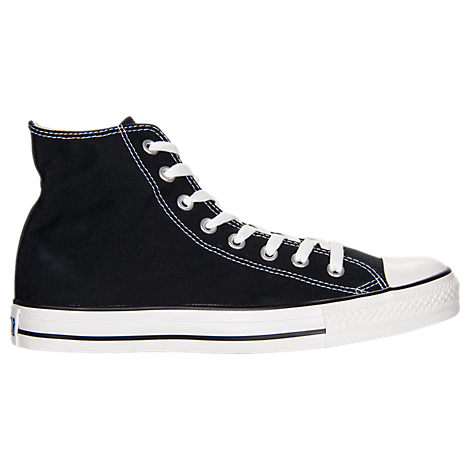You’re not into kicks heavy. No judgement. It’s cool. Not everyone is into kicks in the way that you need to be if you want to be up on game in today’s sneaker landscape. Collecting kicks is more than just a hobby … it’s a way of life. Not everyone can stay up to date on the newest releases, enter multiple raffles in the hope of winning a coveted pair, refresh a website over and over again in the hopes of catching a limited drop, or deal with a never-ending release cycle that’s tiring on both their closet space, bank account, and mental state.
However, even if you’re not into kicks like that, you can still appreciate a fresh pair when you see one. Shoes tie your whole outfit together, and no matter if you prefer to get your clothes from a thrift shop, a boutique, or the mall, you’ve gotta have something dope on your feet so you can put the proverbial bow on your fit.
But here’s the problem: sometimes you don’t know where to start when you need to cop a fresh pair. With all the styles and colors available, buying shoes can be quite daunting. Even if you are casually into kicks, you may not have the knowledge you need to select the best shoe for you and your style.
Plus, if you’re a sucker for a good story (like we are), you might even want to know what made those classic kicks that everyone raves about iconic in the first place. When you know the history, cultural relevance, and design process behind a product, you’re bound to feel more connected to it
So today we’re doing you, our non-sneaker-loving friends a solid. We’ve compiled a list of ten great kicks that you don’t have to be into sneakers to wear and appreciate, along with a brief backstory on each pair explaining exactly why they’re so iconic. Trust us on this one: even if you’re not into kicks, you still want to be informed. It’s always better to know more.
And if you are into kicks? Fear not. You’ll enjoy this too, as it isn’t a bullshit clickbait list, full of lame blurbs and “buy-it-now” links. We’re here to speak actual factual.
The 10 shoes in this article are timeless: true icons in sneaker culture, and you can wear them on the daily with pride and beat them up (all the shoes on this list look great with a little grime on them). Our thrifty friends will be happy to know that they’re not terribly spendy either, all coming in at under a Ben Franklin. All ten of these legendary kicks come in multiple colors and styles … we’ve just chosen to showcase the most simple, iconic colorway of each.
Enough talking. Let’s lace up and jump in.
Nike Air Force 1 Low
Since its introduction in 1982, the Air Force 1 (named after Air Force 1, the plane that carries the president of the U.S) has grown to become Nike’s most iconic silhouette of all time. The high-top variant hold a special place in the heart of many an OG sneakerhead and for our money the mid-top style is better off forgotten entirely, but most folks would agree that the lows take the cake.
From the courts to the streets of New York (where they were affectionately referred to as “uptowns”) to wild mainstream popularity in the early 00’s peaking with Nelly’s proclamation that he needed “two pair” in 2002, the Air Force I has lived many lives in a multitude of countries, social circles, and subcultures. With its recent resurgence in popularity due to many high-end collabs and clean general release colorways, now’s as good of a time as any to get on the AF1 train (or should we say flight?).
Over their 30-plus years on the market (fun fact: the AF1 was actually discontinued in 1983 but returned in 1986), over 1,700 colorways of the sneaker have been produced. With the exception of the lace medallion being changed from circular to rectangular in 2007, the shoe has remained largely unaltered, showing that a classic chunky silhouette will always have a place in the world of fashion.
Adidas Superstar
When the Adidas Superstar was first introduced in 1969, it was heralded as one of the most premium basketball sneakers on the market. As the first all-leather low-top basketball shoe with its iconic rubber toe cap, the Superstar was worn by over 75% of the players in the NBA at one point in time.
As sneaker technology grew and changed, and the Superstar began to be phased out in the performance market, it grew a rabid following in the hip-hop community, with b-boys, MC’s and DJ’s all adding their own personal touch to the iconic shoe with colorful laces and scribbles. When Run DMC released “My Adidas” in 1986, and Adidas signed the legendary rap group to an exclusive deal, it was a landmark moment in sneaker culture history: the first time a major brand had officially co-signed any rappers, acknowledging the sway they held over the all-important “youth” demographic.
Fast-forwards more than 25 years, and the Superstar still holds a firm place in pop culture. Good design, good marketing, and the right co-signs are the three timeless stripes that hold the Superstar up to this day.
If you like the aesthetic of the Superstar but prefer something a little less chunky and more soccer shoe-esque, the Gazelle is the shoe for you. Since its introduction in 1968, the Gazelle has seen life in many different forms, from models designed for training to handball.
The Gazelle drifted in and out of Adidas’s catalogue throughout the 1970’s, but found a place in UK rave and hip-hop culture in the 80’s until it finally broke through stateside in the 90’s due to co-signs from Mike D of the Beastie Boys, Kate Moss and more.
In 2016 the remade, re-mastered Gazelle hit the market, and its clean silhouette and colorways truly proved that good design is timeless. The sleek look and strong branding make the Gazelle a perfect shoe choice for any outfit you can think of.
Adidas Stan Smith
If you couldn’t tell from the last two shoes on the list, the third pair in a row should make it clear: Adidas has lots of all-time classics in their lineup, and many a Three Stripes aficionado would tell you that the Stan Smith is their very best work.
First introduced in 1963/1964 (accounts vary), the shoe was known as the “Haillet” until it was re-named the Stan Smith in 1971, and officially endorsed by Stan Smith himself in 1973. The first Adidas tennis shoe released in the US, the Stan Smith found success both on and off the court, as it found success with both tennis players and casual wearers who loved the preppy look.
What makes the Stan Smith’s longevity astounding is that it was originally produced for a sport often associated with the wealthy, but the shoe caught on as a blue-collar everyman favorite (without losing any preppy appeal) due to its sleek, elegant look and affordable price point. You can wear them brand new with a suit or dirty and thrashed with your favorite jeans … and they’ll look great either way.
Reebok Classic
First arriving on the market in 1983, the Reebok Classic Leather made an impact on British sneaker culture like few shoes before it. With the Union Jack proudly displayed on the lateral panel, the shoe became a favorite in London and beyond, and its success was a large reason (along with the next shoe on this list) why Reebok was able to snatch a lion’s share of the athletic footwear market from Nike back in 1986.
Over the years, the Classic became a standard part of the roadman uniform, as well as growing into a regional cult favorite in the US, with name-checks from the likes of Soulja Slim (R.I.P.) and the Hot Boys.
The Classic was able to organically integrate into many different subcultures, and the younger generations witnessed the shoe become a status symbol on the feet of their elders. A clean, straightforwards look like the one provided by the Reebok Classic defies any era or classification, and that’s why it’s still beloved today.
Reebok Workout Plus
Just because a shoe is clean and simple doesn’t mean it can’t have a colorful backstory. The 80’s were a unique decade full of strange trends, and the Reebok Workout was a product of the billion-dollar aerobics industry, brought on by fitness icons (editor’s note: Can’t help but chuckle here) like Jane Fonda and Richard Simons.
The shoe was originally designed to give exercise-crazed men and women the support and comfort they needed to power through their workouts, and although it faded into relative obscurity in the States after the aerobics craze died off, it was kept alive through various subcultures in the UK and other parts of Europe.
Although the Workout may not have the clout of some of the other shoes on this list, it’s an important part of sneaker history nonetheless as it helped Reebok achieve the largest market share in the footwear industry back in ’86, and it still stands the test of time style-wise, as its silhouette is a prime representation of classic 80’s sneaker design.
Vans Old Skool
Don’t let their beloved status with the current generation of IG trend-crazed fuccbois fool you … the Vans Old Skool is a certified all-time classic with deep roots in skate and punk culture that are internet-proof.
Making their debut in 1977 as the “Style 36”, the Old Skool showcased the now-iconic Vans side stripe, and achieved cult status in the 1990’s, as early US punk rock icons began to wear the shoe with their loyal fans following suit.
The shoe’s reach increased as in 1996 when Vans released their first-ever collaborative Old Skool with a tiny NY skate shop called Supreme. Many a parallel can be drawn between the shoe and the brand, as both have stood the test of time and locked down in their place in street culture history.
It doesn’t matter if you’re a punk rocker, a skater, a BMX rider, one of the aforementioned fuccbois (no need to be ashamed) or just someone who likes a simple, clean pair of shoes that you can throw on and forget about each and every day … the Old Skool is a perfect pair for you.
Vans Authentic
If you’re in the market for a low-profile, lightweight classic that won’t break even the most fragile of banks, you need not look further than the Vans Authentic, originally known as the #44 Deck Shoe.
It’s hard to place a finger on exactly when the shoe first came to prominence, but as skateboarding began to take off in the early 1970’s, the Authentic became a favorite among skaters for its lightweight and durable design as well as its signature waffle rubber outsole.
From the 80’s to the 90’s to the 00’s and 10’s, from Warped Tour stages to city streets all around the world, the Authentic has ingrained itself in modern street culture in a way that other shoes could only dream of.
Converse Jack Purcell
Don’t be fooled: Converse’s enduring legacy is made up of more than just one sneaker. Although that sneaker has achieved cultural status that no other sneaker can match (and appears next on this list),the Jack Purcell is another silhouette that makes up a large part of Converse’s history.
The now-legendary shoe was originally designed in 1935 by Canadian world badminton champion Jack Purcell for the B.F. Goodrich company before Converse purchased the rights to the shoe in 1970. Nicknamed “Blue Tips” and “Smiles” for the iconic blue strike that bears resemblance to a smile across the toe, the Jack Purcell has become a classic alternative to Converse’s other popular kicks.
It may not boast as wide of a following as some of the other kicks on this list … but its fans are just as devout as any other shoe’s, and after almost 90 years, the shoe still quietly boasts simplicity and elegance.
Converse Chuck Taylor
The grandaddy of them all. The most iconic, legendary, influential sneaker of all time. Many have come after … and none have done it better. The shoe that truly birthed athletic footwear as we know it today: the Converse Chuck Taylor.
Originally released in 1917 as the “Non-Skid”, the Chuck Taylor got its current name in 1923. Charles “Chuck” Taylor, a member of Converse’s “All-Stars” basketball team that traveled around the country teaching clinics and selling sneakers suggested improvements to the sneakers like the now-iconic ankle patch. A legend was born, and Taylor’s name has appeared on the shoes ever since.
Although the shoes were rapidly outclassed in terms of performance, they found a firm foothold (pun intended) in popular culture, and transcended borders and barriers between styles, groups, and cultures that weren’t usually broken.
The Chuck Taylor has gone on to become one of (if not the) most popular sneakers of all time, and has been knocked off by everyone from discount shoe chains to high fashion houses, a prime example of “high-low”. A product has to be iconic to earn such a distinction, and the Chuck Taylor is nothing if not that.
So now you know what you need to know, you can do what you need to do. Go out there, and cop some kicks with confidence. Grab a pair or two on this list. Try out some different colors and materials Wear your new kicks, and be glad you know what makes them so dope! There more than just shoes: you’ve got a piece of sneaker history on your feet.
What’s your favorite classic sneaker on this list? Is one of your favorite pairs missing? If so, what pair’s missing and why should it be included? Sound off in the comments below!
Share KicksOneTwo

